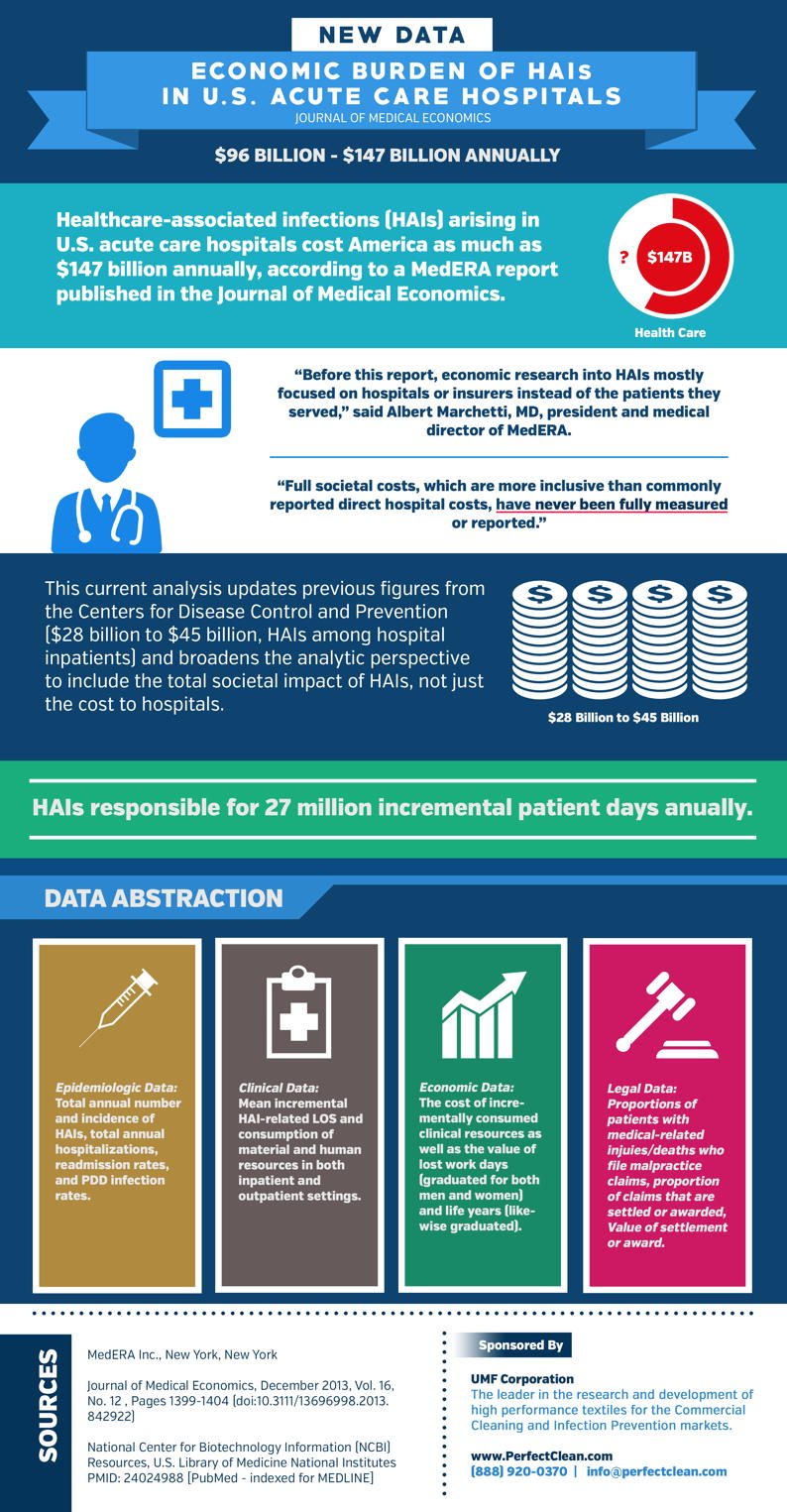 Cleanzine: your weekly cleaning and hygiene industry newsletter 18th April 2024 Issue no. 1110
Cleanzine: your weekly cleaning and hygiene industry newsletter 18th April 2024 Issue no. 1110
Your industry news - first
The original and best - for over 20 years!
We strongly recommend viewing Cleanzine full size in your web browser. Click our masthead above to visit our website version.
Humans vs. robots to reduce HAIs: environmental hygiene advocates warn against a 'singular' mindset
 When it comes to reducing the spread of preventable healthcare-associated infections (pHAIs) in hospital rooms, two advocates of intervention programmes are calling for collaboration instead of over-hyped single solutions that can pit humans against new technologies.
When it comes to reducing the spread of preventable healthcare-associated infections (pHAIs) in hospital rooms, two advocates of intervention programmes are calling for collaboration instead of over-hyped single solutions that can pit humans against new technologies.
In a newly published article, 'Labour vs. New Technology: Can a Robot Process a Hospital Room as Completely as a Human?' George Clarke and John Scherberger write: "In the battle to stop the spread of and reduce HAIs, when the right questions are asked, we come up with common sense solutions such as multimodal intervention, a comprehensive approach to infection prevention in hospitals."
George Clarke is CEO of UMF Corporation, a developer of infection prevention products, protocols and training programmes. John Scherberger is principal of the consulting firm Healthcare Risk Mitigation.
In their article, published in the Autumn issue of Explore Magazine (Association of the Healthcare Environment), the authors respond to a recent study from the Texas A&M Health Science Centre College of Medicine that compares the effectiveness of UV-C systems for hospital room disinfection in the absence of manual disinfection.
The authors ask, "Can a robot clean a hospital room as well as a human?" They examine various facts by dissecting the question and answering some questions of their own. They write that, when used properly, a UV-C system is a tool capable of enhancing the disinfection process. But they contend that the manufacturers and marketers of some UV-C systems often broad-brush facts that can vary considerably from the actual studies; that this information can be misleading - and ultimately, if relied upon, it could have an impact on patient safety.
The perception that a UV-C device (the robot) can clean and disinfect a patient room (or any room for that matter) to a safe and acceptable level without having trained staff process the room is misleading, they claim. UV-C robots only disinfect; they do not physically remove dirt, dust, debris or bacteria from the environment. Training the staff in processing and implementing UV-C protocols -- including placement and replacement - is essential, they argue.
The authors write: "What is of greatest concern is that UV systems are now being heralded as 'single-solution' tools for cleaning and disinfection, much like hand hygiene has been promoted as the be-all-to-end-all solution for preventing HAIs - all at the expense of the Environmental Services department, ignoring the inherent risk of environmental surfaces and the invaluable humans that are the first line of defence in a multimodal intervention HAI programme."
They note that numerous studies over the past couple of decades have proved that humans make the difference in reducing infection rates by anywhere from 30% to 70% and beyond.
In their conclusion, the authors write that all departments in a hospital need to adopt up-to-date best practices supported by best-in-class products that can get the job done.
"Best practices may include the use of UV machines in some environments. But in our efforts to stop the spread of HAIs, let's be more collaborative instead of pitting these machines against humans," they write.
For more than 10 years, UMF has been an aggressive advocate of raising standards in the battle to reduce pHAIs. The company delivers advanced, patented antimicrobial technology with its PerfectClean products, education, training, motivation and support.
17th September 2015







